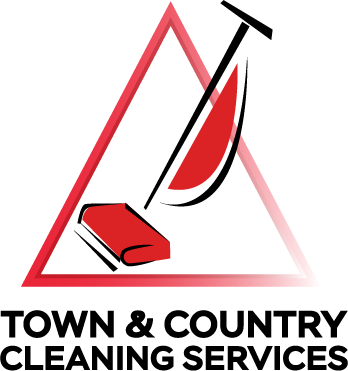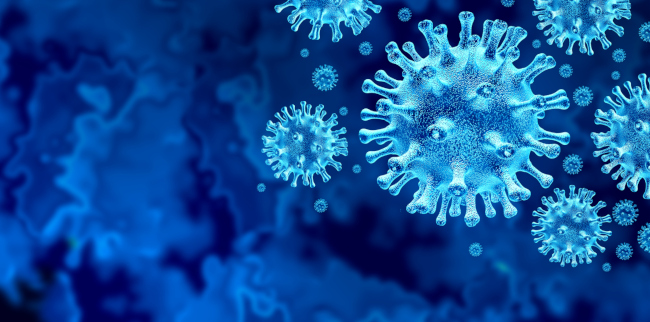Yes – COVID-19 risk may increase
There are two things at play here. First, we are likely to spend more time indoors, and second, it appears that the virus can remain viable for longer periods at cooler temperatures. Let’s look at the temperature first.
Virus thrives at cooler temperature
Just when we think we are beginning to understand this SARS-COV-2 coronavirus, another study comes along, and we have to reexamine our understanding. The latest one came out in October from Australia’s Commonwealth Scientific and Industrial Research Organization. This study showed measurable amounts of the virus after 28 days on some surfaces at 68 degrees. Previous studies had shown only 3 days. This raises our risk of contracting the disease from contact with contaminated surfaces. How can the studies be so different and how much of an increased risk is there? First of all, this study was done in the dark at 50% humidity and very controlled temperatures. Other studies were done in more real-world conditions, although still in a lab. Light, especially UV-C light helps to inactivate the virus. Higher humidity also seems to increase the inactivation of the virus.
This study was designed to show the impact of temperature on the virus, and that it did very well. On stainless steel it took almost 6 days to decrease the amount of viable virus by 90% at 68 degrees. At 84 degrees, it took 1.74 days, and at 104 degrees, it only took 4.86 hours. This is probably a worst case situation since other environmental conditions will affect the virus, but it does show that as the temperature drops, the virus is likely to stay viable for longer periods, and hence, we may be more likely to contract it from surfaces. This may be why there were so many problems in meat packing plants, which are kept cool. To compound the problem, the virus prefers low humidity to high humidity, and we will be going inside where the heated air tends to be less humid.
EEK! This sounds scary! So, now what do we do?
It’s probably not as bad as it seems. There is still little evidence of fomite transmission, transmission from touching contaminated surfaces, but absence of evidence does not mean it doesn’t exist. All the steps we have been taking still apply, only now with even more vigilance. Frequent hand washing, especially when returning home becomes even more important. We at Town & Country Cleaning Services clean and disinfect high touch areas when we come to clean, but once a week or every two weeks is probably not enough during this season. In an active household, it may be advisable to clean and disinfect the most highly touched surfaces daily. Develop a plan for disinfecting based on the use of your home and remember that the coronavirus is not the only pathogen we need to be aware of. Flu season is coming and don’t forget E coli and other food-born bugs.
A bigger risk may be aerosol transmission. As we move indoors for dining and other activities, masks on everyone become more important for everyone’s protection. (I know we can’t eat with our masks on.) Adequate ventilation is extremely important as well as adequate spacing between groups. This is less of a problem in homes unless you are hosting a large group, although airing the house out when practical is a good idea. For more on aerosol transmission see our blog: How to Clean for COVID-19.
Our understanding of this virus is growing and changing
As new information becomes available, we will attempt to keep you up to date in these blogs. What we thought we knew in March had altered by July and continues to evolve, sometimes with significant impact. We will give you the best advice we can, given the current state of information. If you have questions, please feel free to reach out to us.

